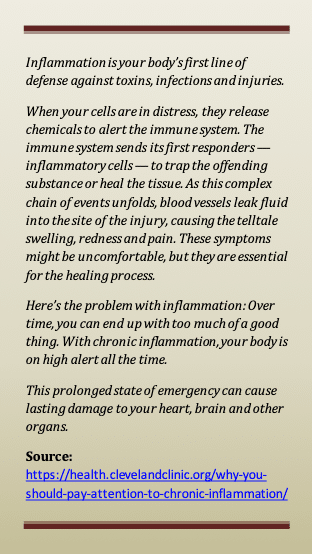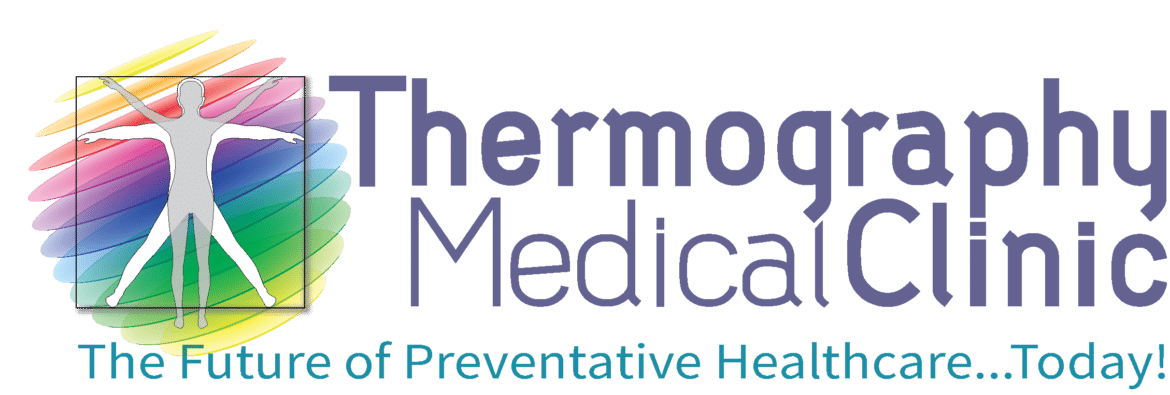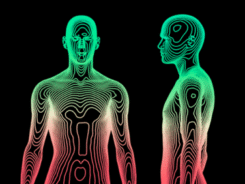Thermography is a non-contact, non-invasive procedure which captures and records temperature variations on the skin. The skin is the body’s most intelligent organ and is “wired” with a communication network connecting all other organs and physiological processes in the body. The skin responds to physiological changes and a thermography device observes those changes. Assessments of these changes are reported by medical professionals trained to correlate thermal findings with a person’s health history and concerns.
 Clinically, thermography is a test of physiology that relies on the sympathetic nerve control of skin blood flow and the ability of the sympathetic nervous system to respond to and react to pain, pathology, injury or dysfunction anywhere in the body. The associated inflammatory response, which creates a thermal pattern that is visually detected with thermography, is globally recognized as the number one health issue in the world. There is mounting evidence to support these statements from the National Center for Biotechnology Information, Cleveland Clinic and Harvard Medical School.
Clinically, thermography is a test of physiology that relies on the sympathetic nerve control of skin blood flow and the ability of the sympathetic nervous system to respond to and react to pain, pathology, injury or dysfunction anywhere in the body. The associated inflammatory response, which creates a thermal pattern that is visually detected with thermography, is globally recognized as the number one health issue in the world. There is mounting evidence to support these statements from the National Center for Biotechnology Information, Cleveland Clinic and Harvard Medical School.
By providing information on the biological activity of the body (metabolism and circulation), thermography is classified as a functional test. By contrast, technologies such as x-rays, ultrasound, MRIs and mammograms provide information on the internal anatomy of the body and are therefore considered to be structural tests.
As recognized by the FDA since 1982, thermography is a complementary tool to these other technologies, and while none of these tools are stand-alone diagnostic tools, there is growing evidence of a substantial increase in the effectiveness of screening procedures when multiple tests, including thermography, are included in health assessments – precisely because each test provides unique information about the state of health. In addition, physiology precedes anatomy by which thermography allows an early look at changes in the function of the body’s organs and systems.
For practitioners, thermography is a valuable patient management tool, and for patients, thermography is an effective motivational tool as it allows visualization of current levels of inflammation and the current state of health. At TMC, we believe in using thermography as a Health Discovery Tool.
Healthier is Smarter!
Sharon Edwards – BA, R(Hom), DNM, RNCP, CTT



